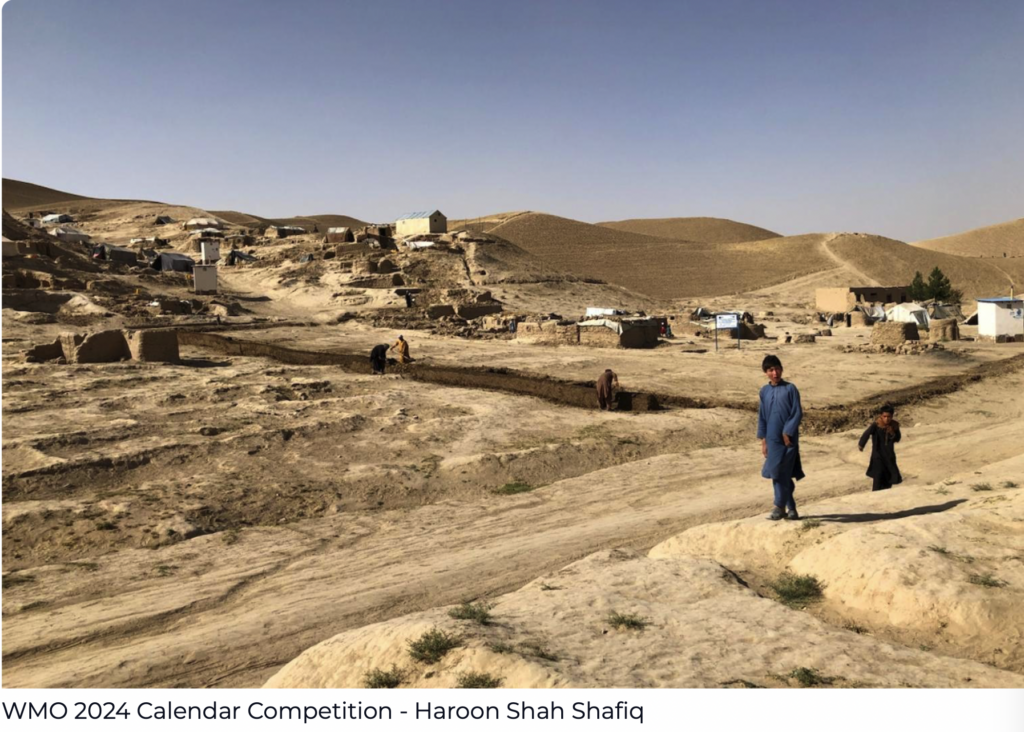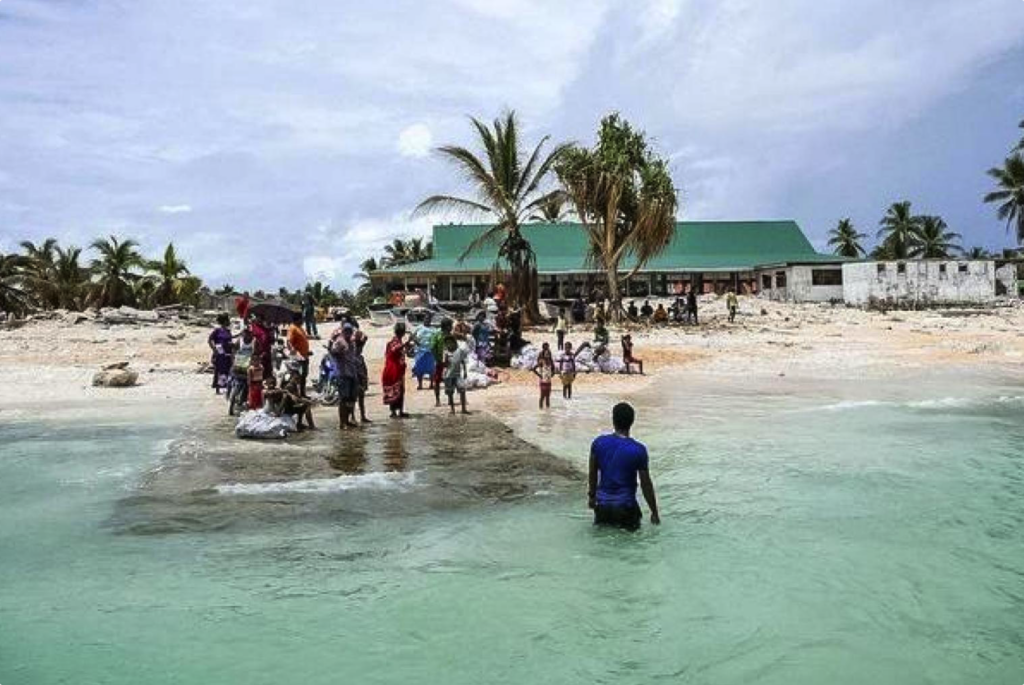Bringing people-centred early warning approaches to life
With 85% of Malawi’s population in rural areas and mostly engaged in rain-fed subsistence farming, floods and drought mean devastation for families and economies. With little to limited access to information, technology, and finance, most at risk are displaced, women, children, and elderly people. How can CREWS Malawi ensure early warning systems and services are locally appropriate – and reach the most vulnerable, priority economic sectors and whole communities? Climate and flood early warning services will be co-designed and produced with those who need and use them. Community members, farmers, fisherfolk, the media, and disaster management personnel will be consulted from the offing – and regularly afterward. The frequency, content, and clarity of alerts and messages and dissemination effectiveness will be assessed. Inputs and feedback will be gathered from at least four different locations each time, ensuring geographic and linguistic coverage. Supplemented by information gleaned through an ongoing 2-way feedback platform, these consultations will be critical for tailored early warning services reaching the very last mile communities.



